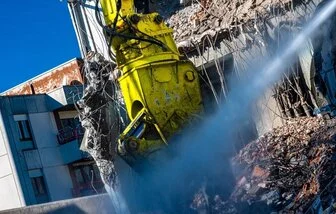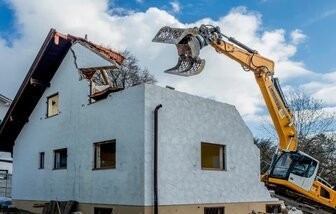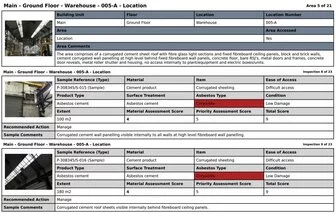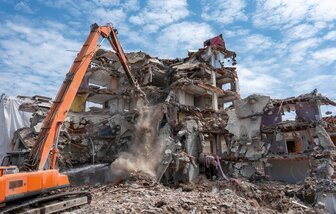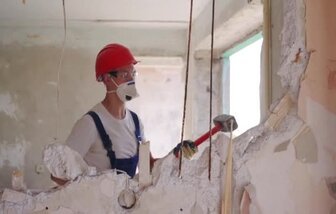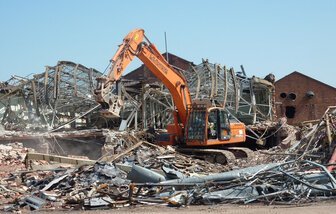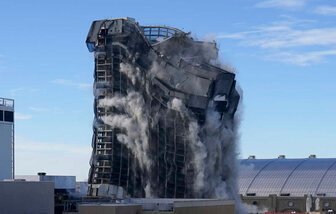What is Manual Demolition ?
Manual demolition tools are essential for professionals in the industry. From sledgehammers to wrecking bars, each tool serves a specific purpose in efficiently and safely dismantling structures. When undertaking a manual demolition project, it is crucial to have the right tools and use them correctly to ensure a successful outcome.
All you need to know about Manual Demolition
Learn about the various manual demolition tools used by professionals in the industry, including the sledgehammer, pry bar, chisel, handheld jackhammer, handsaw, bolt cutters, and wrecking bar. These tools are essential for efficiently and safely dismantling structures during renovation, remodeling, or new construction projects.
When it comes to manual demolition, having the right tools is crucial. Manual demolition tools are designed to help professionals efficiently and safely dismantle structures, whether it’s for renovation, remodeling, or clearing a site for new construction. In this article, we will explore the various manual demolition tools used by professionals in the industry.
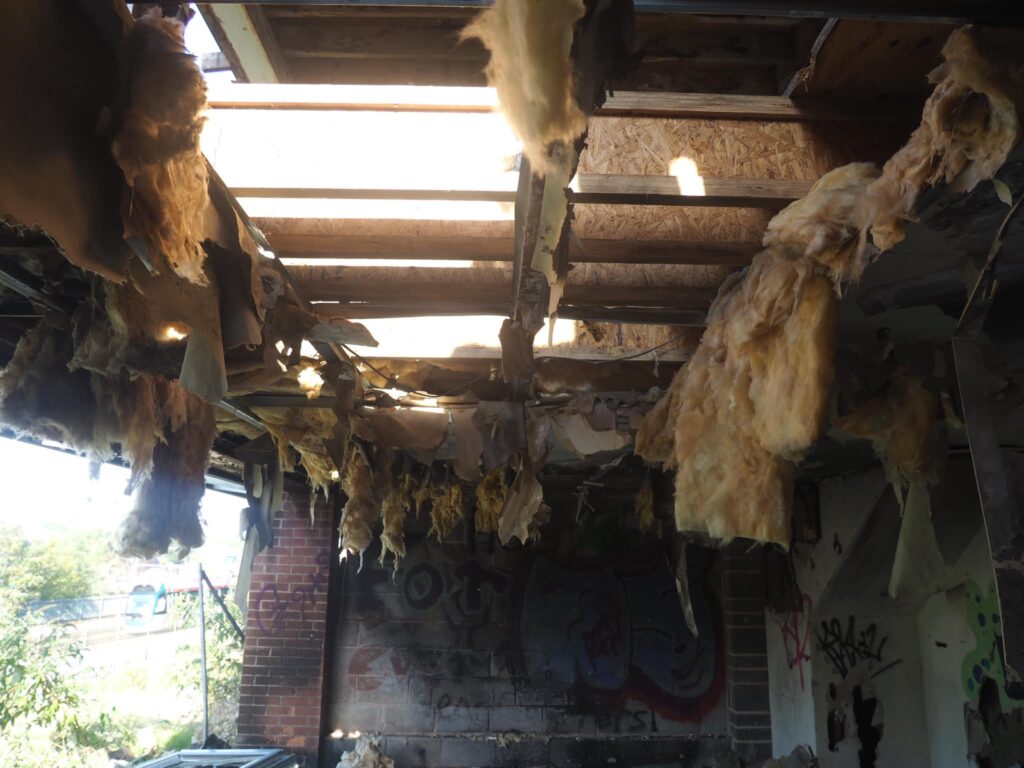
Manual deconstruction is a method used in the demolition process that involves the careful dismantling of a structure by hand, rather than using heavy machinery. This process allows for the salvage and reuse of materials, minimizing waste and reducing the environmental impact of demolition.
Manual deconstruction is typically used when there is a need to preserve certain elements of a building, such as historical features or valuable materials. It is also commonly employed in situations where access to heavy machinery is limited, such as in densely populated areas or confined spaces.
The stage at which manual deconstruction is used in the demolition process can vary depending on the specific project requirements. In some cases, it may be employed from the beginning, with workers carefully removing valuable items and salvaging reusable materials before any heavy machinery is brought in. This approach allows for a more systematic and controlled deconstruction process.
In other instances, manual deconstruction may be employed towards the end of the demolition process, after the bulk of the structure has been demolished using machinery. This allows for a more detailed dismantling of specific elements, such as interior fixtures or architectural features, that need to be preserved or repurposed.
Overall, manual deconstruction is a valuable technique in the demolition industry, offering a sustainable and efficient approach to dismantling structures. By carefully considering when and how to incorporate manual deconstruction into a project, demolition professionals can minimize waste and maximize the reuse of materials, contributing to a more environmentally friendly approach to construction and demolition.
1. Sledgehammer
The sledgehammer is one of the most commonly used manual demolition tools. With its heavy head and long handle, it provides the necessary force to break through walls, concrete, and other sturdy materials. The sledgehammer is versatile and can be used for both demolition and construction tasks.
2. Pry Bar
A pry bar, also known as a crowbar, is an essential tool for manual demolition. It is used to pry apart materials, such as wooden boards, nails, and other fixtures. The pry bar’s flat and curved ends make it ideal for lifting, prying, and removing various components during demolition.
3. Chisel
A chisel is a handheld tool with a sharp cutting edge. It is used to chip away at materials, such as stone, brick, or concrete. The chisel is commonly used to remove tile, break up concrete slabs, or create clean edges in masonry work. It requires precision and control to ensure accurate and efficient demolition.
4. Handheld Jackhammer
A handheld jackhammer is a powerful tool that is used to break up concrete, pavement, and other hard surfaces. It is smaller and more portable than a traditional jackhammer, making it easier to maneuver in tight spaces. The handheld jackhammer is ideal for smaller demolition projects or areas where larger equipment cannot reach.
5. Handsaw
A handsaw is a manual cutting tool that is used to cut through wood, plastic, or other materials. It is commonly used in demolition to cut through wooden beams, boards, or other fixtures. The handsaw is lightweight and easy to handle, making it a versatile tool for various demolition tasks.
6. Bolt Cutters
Bolt cutters are heavy-duty cutting tools used to cut through metal, chains, and padlocks. They are commonly used in manual demolition to remove metal fixtures, such as fences or gates. Bolt cutters come in various sizes and strengths, allowing professionals to choose the right tool for the job.
7. Wrecking Bar
A wrecking bar, also known as a demolition bar, is a long, heavy-duty bar used to dismantle structures. It is designed to provide leverage and force to pry apart materials, such as wooden beams or concrete slabs. The wrecking bar’s pointed end allows for easy insertion and removal in tight spaces.
What is demolition?
The process involves Rotational hydraulic shears and rock-beakers attached to specialist excavators are also used to cut or break through wood, cut steel and crush concrete which reduces the structure to a rubble
What is a premature collapse?
TPremature collapse of these structures is one of the main causes of serious injuries resulting from demolition activities. The most common type of incidents is the lack of planning before commencement
Demolition hazards
If a demolition project is well planned the risks of injury and death can be minimised. It should be emphasised that the planning and execution of a demolition project should only be done by appropriately competent persons.
What is a section 80 demolition notice?
If your considering demolishing an existing building you will need to submit a demolition, Section 80 Notice together with your (RAMS) to your local authority according to section 80
What is a pre-demolition survey
When a building is to be demolished the (non-domestic) client (usually the property owner) has a duty to provide pre-demolition information to the designer and contractor. This will involve a pre-demolition investigation and survey.
How to manage asbestos in demolition
One of the key issues arising in demolition these days is asbestos. Widely used in construction projects by previous generations, asbestos is now accepted as the UK’s largest occupational killer and there are strict guidelines for the safe removal
How to manage your demolition project
Where any redundant building, structure plant has contaminated flammable materials, precautions must be observed to avoid fires and explosions. Specialist advice must be required to identify any residual
What is manual demolition?
Among the methods, manual demolition is found to be most applicable for most sites, especially for areas located in the urban zone. The safety of the demolition process would greatly depend on the type of procedure used.
What is non explosive demolition?
You do not need explosives for every demolition job. Most people assume that for a demolition to be a demolition there is a need for a kaboom. It does not have to be that way
Structural demolition
Structural demolition is not a walk in the park. Total Group is well placed to deliver a safe, environmentally friendly and a budget wise project. We focus on a process that will assist you to salvage and recycle material for reuse.
What is high risk demolition?
The building contractor needs to make a thorough risk assessment to look for both risks and hazards. Control measures are then implemented to prevent any accident that could be fatal.
Controlled demolition methods
If you have a large building that requires demolishing, you cannot rely solely on manual demolition to get the project completed. There is only so much that a team of demolition contractors.
Ready to start your project ?
Let's Work Together
Please complete the form below and someone from the Total team will be in touch.

